MIDWEST MAIZE
HEARTLAND FOODWAYS
The Heartland Foodways series seeks to encourage and publish booklength works that define and celebrate midwestern food traditions and practices. The series is open to foods from seed to plate and to foodways that have found a home in the Midwest.
Series Editor
Bruce Kraig, Roosevelt University
Editorial Board
Gary Fine, Northwestern University
Robert Launay, Northwestern University
Yvonne Lockwood, Michigan State University
Museum Lucy Long, Bowling Green State University
Rachelle H. Saltzman, Iowa Arts Council
A list of books in the series appears at the end of this book.
MIDWEST
MAIZE
HOW CORN SHAPED
THE U.S. HEARTLAND
CYNTHIA CLAMPITT

Gold and White Tasty Cornbread is from The
Cornbread Gospels, Copyright 2007 by Crescent
Dragonwagon, Used by permission of Workman
Publishing Co., Inc., New York. All Rights Reserved
Recipe for cornstarch pudding courtesy of Argo
Corn Starch, a division of ACH Food Co. Inc.
2015 by the Board of Trustees
of the University of Illinois
All rights reserved
Manufactured in the United States of America
1 2 3 4 5 C P 5 4 3 2 1
 This book is printed on acid-free paper.
This book is printed on acid-free paper.
Library of Congress Cataloging-in-Publication Data
Clampitt, Cynthia.
Midwest maize: how corn shaped the
U.S. heartland / Cynthia Clampitt.
pages cm. (Heartland foodways)
Other title: How corn shaped the U.S. heartland
Includes bibliographical references and index.
ISBN 978-0-252-03891-4 (cloth: alk. paper)
ISBN 978-0-252-08057-9 (pbk.: alk. paper)
ISBN 978-0-252-09687-7 (ebook)
1. CornMiddle West.
2. CornMiddle WestHistory.
I. Title. II. Title: How corn shaped the U.S.
heartland. III. Series: Heartland foodways.
SB191.M2C64 2015
633.15dc23 2014026403
To the farmers, ranchers, and others whose labor provides our food.
And to my parents, for instilling in me a love of history and an appreciation for good food and those who make it available.
Publication supported by an ear for wisdom.
Figure Foundation
CONTENTS
ACKNOWLEDGMENTS
This book would not have turned out nearly so well without the generous assistance of friends from the world of food, farming, and academe. These folks introduced me to experts, directed me toward resources, sent articles, and occasionally fed me or put me up for the night. For these helpful kindnesses and others, thanks to Ro Sila, Marie Sila, Jane Hanson, Cathy Weber, Ellen Steinberg, Sylvia Zimmerman, Atina Diffley, Mary Shepherd, Jozef Kokini, Nancy Heller, Shirley Smith, Beverly Wyman, Karyn Saemann, Paul Grosso, Catherine Lambrecht, Carol Lopriore, Linda Griffith, Mary Holmes, Kari Moore, and Nancy Duffner.
Warmest thanks to all the farmers, researchers, historians, educators, and other experts who were so generous with their time, information, insights, and stories. (You will find their names and titles listed in the Sources and Bibliography section.)
Thanks to Greg Koos and Bill Kemp for assisting me in the archives at the McLean County Museum of History. Thanks, too, to Chad Buckley, Agriculture Librarian, for guidance through the Milner Library at Illinois State University.
Thanks to George Kutsunis and Bill Klutho at John Deere and to Charlie Cretors, Beth Cretors, and Shelly Olesen at C. Cretors & Company, for their help in obtaining photos. Thanks to Mark Schilling, director of the Mitchell Corn Palace, Wendy Vonderhaar, chair of West Point Iowa Sweet Corn Festival, and Greg Lippert, City of Olivia, for contributing photos. Thanks to Jennie Deerr at Living History Farms in Iowa; and, in Illinois, Johanna Biedron at Kline Creek Farm, and Whitney Templeton at Graue Mill and Museum, for granting permission to use photos I shot at those locations.
Thanks to Teresa Tucker for proofreading the manuscript.
Thanks to Willis Goth Regier at the University of Illinois Press, for his enthusiasm for the topic and support of my desire to make the book as good as possible.
Special thanks to Dr. Bruce Kraig, who invited me to be part of the Heartland Foodways project.
Thanks to Crescent Dragonwagon for offering her recipe for Gold and White Tasty Cornbread.
Thanks to Argo Corn Starch, a division of ACH Food Co., Inc., for supplying the recipe for cornstarch pudding.
Thanks to Steve, Sean, Christina, Dan, Megan, and Tommy at Starbucks. I dont know that Id have made it without you.
INTRODUCTION
The story of corn is the story of the American people.
from Singing Valleys, by Dorothy Giles
It would be hard to overstate the importance of corn to the United States. Or, to be more accurate, it would be hard to overstate the importance of maize.
The term corn actually means the most important cereal crop of a region.
Zea mays, or maize, is not merely the dominant grain of the New World; it is the only indigenous cereal grain of the Americas. It was not the only starch. There were seeds, roots, and tubersjust not other cereal grains. However, no other food plant was as universally important or as widely dispersed as maize.
Maize was exceptional in that it could adapt to just about any environment, and it grows with surprising speed. Trade routes carried it throughout the Americas, where it was adopted by Native American groups as varied as the conditions in which maize was soon growing. In fact, by the time Europeans
Maize became as important to Europeans settling the Americas as it had been to the indigenous people. It became so important, in fact, that Americans forgot that there was a time when it was not their corn. That is why textbooks teach that corn saved the settlers at Jamestown and Plymouth.
Maize did save those early settlers, but it has had a far greater impact on American history than that. It became the dominant grain of the colonies, and then of the growing United States. In other words, maize became corn. Maize made the country possible, and then, as corn, it made the country successful.
(It is worth noting that, while the Taino word mahiz was the first word for this cereal grain that Spanish explorers heard, it was by no means the only name this plant had in the Americas. Across both South and North America, every language group had its own name for the grain. So, for most Native Americans, the word maize was just as foreign as the word corn. However, mahiz was what Europeans heard first, and it is the term that stuck among Europeans. It was adopted for the grains Latin name, Zea mays, and, of course, is still used in Spanish-speaking countries. For Native Americans in the United States and Canada, however, as for others, it became corn.)
Today, more corn is grown and harvested in the United States than wheat and rice combinednearly 73 million acres are dedicated to the growing of corn. As it had done for the Maya, so corn did for the United States: it enabled a few to feed the many, so that endeavors other than agriculture might flourish. The Maya owed their mathematics, astronomy, and architecture more to Zea mays than to anything else. For us, it offered not only the freedom to pursue other things, but also the inspiration and even the raw materials for developing far beyond the almost entirely agricultural societies from which the countrys population emigrated. As Margaret Visser noted in her classic work
Next page

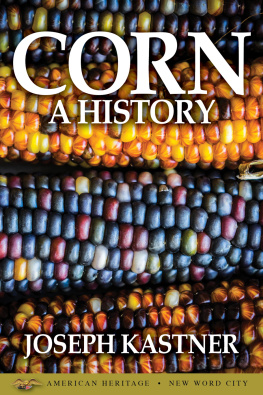
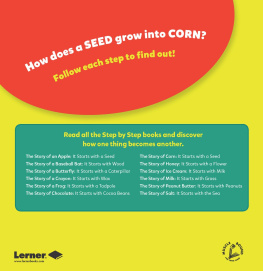
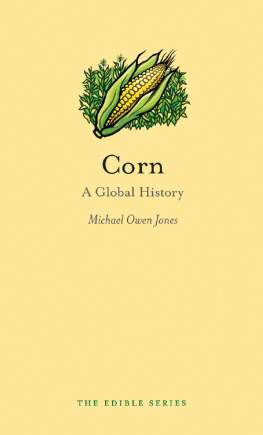
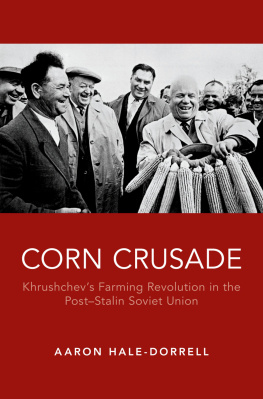
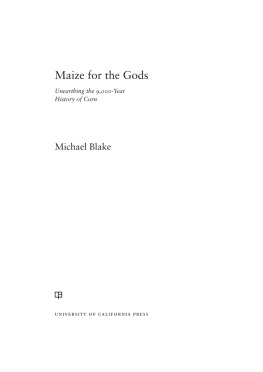
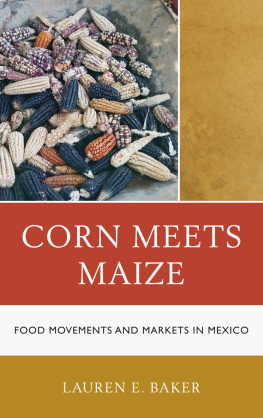
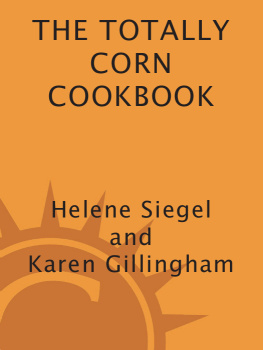
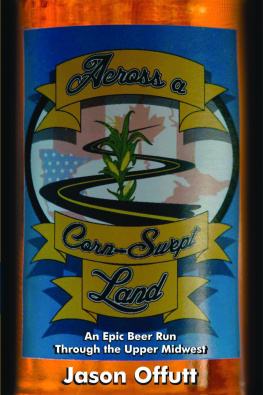
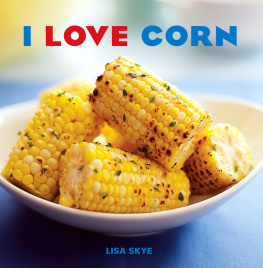

 This book is printed on acid-free paper.
This book is printed on acid-free paper.